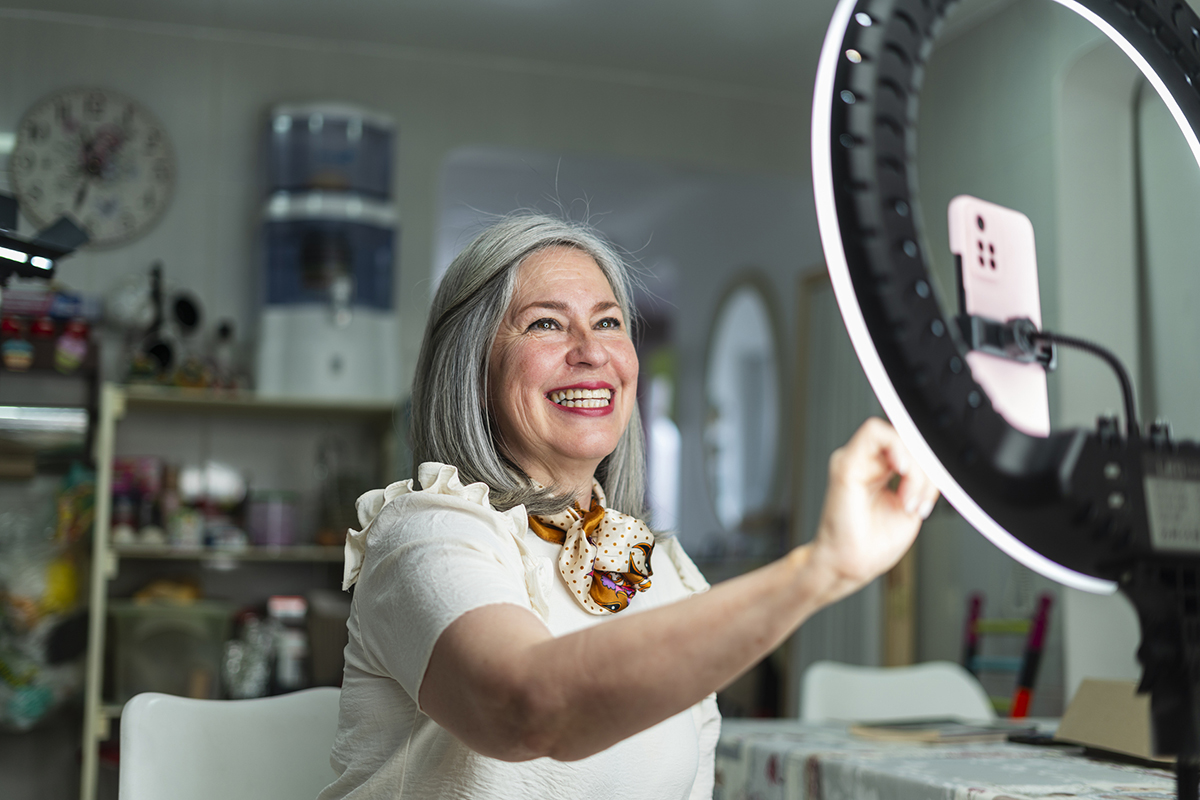For a time, Facebook was masterful at creating a bit of a mirage. The people on our social media accounts are “friends.” But are they really? Were they ever? And what does it mean to nonprofits if there is only the ability to maintain meaningful relationships with a much smaller number of people than your 350 friends and thousands of brand followers? In other words, how can you master relationships and social media?
First things first. Robin Dunbar is a British anthropologist and evolutionary psychologist. According to his research, humans can maintain relationships with 150 people. This is the number for a social group that is close-knit. The number was true for early humans as it is for us in the 21st Century. Moreover, it applies to any group, from work teams to military groups and even social media. Building communities is still about one-on-one relationships, and they take time.
According to this 2019 BBC article in an interview with Dunbar, “When people have more than 150 friends on Facebook or 150 followers on Twitter, Dunbar argues, these represent the normal outer layers of contacts (or the low-stakes connections): the 500 and 1500. For most people, intimacy may just not be possible beyond 150 connections.” What Dunbar suggested was that social platforms were simply mechanisms for contacting people. So, if you think of social media as you do a telephone, you realize relationships and social media aren’t a given.

How Could Your Nonprofit Cultivate Meaningful Relationships?
Marketers know that one of the success metrics is gaining as many followers as possible. How often have you thought, ‘Wow, that brand’s got over 500,000 followers? How do we get there?’ Well, what if the secret isn’t in the number of relationships but the quality of it? In other words, quality over quantity.
It’s an approach that you have to decide for yourself, and there are ways to achieve that type of strategy. For instance, nonprofits could nurture closed groups on social media that are only open to your most supportive champions. However, whichever way you choose to go, there are ways to ensure you develop meaningful relationships with a smaller group of supporters.
1. Recruit Nonprofit Brand Ambassadors
The more social media followers your nonprofit gets, the more your content gets shared. There’s no way around that reality with the algorithms. However, social media managers can only do so much and have meaningful relationships with a certain number of people.
After you work social for a while, you’ll start to see the same people popping up commenting, or sharing your content. Ask some of them to become brand ambassadors—especially if they’re happy donors. Not only do they know and have experience with your brand, but they also have the credibility to get others on board, which helps a lot toward social proof.

2. Influencers are Great, But You Also Want Social Media Relationships
Marketers understand that influencers matter as they build their followers for their brands. Again, influencers help provide social proof, and they validate for people that your nonprofit brand is something with which they, too, should be associated. However, influencers don’t have to be your only focus.
The reality is that most of the people who support your nonprofit won’t be influencers. So, it’s equally essential to comment and engage with the people who are simply great supporters or champions of your brand. Remember, the aim is to make an impression, and if you impress people with your engagement, you will convert or re-up those people.
3. Consider Opportunities to Take Your Best Nonprofit Relationships Off-Line
Social media is great, but let’s return to Dunbar’s theory that people can handle about 150 meaningful relationships. From a marketing perspective, think about how you could treat the best of the best in a special way. Remember, people like exclusivity and to be part of a like-minded group.
In the BBC article mentioned earlier, one group of people assembled on Slack. As the group grew, more moderators on-boarded and broke into sub-groups. Another platform your nonprofit could use is, of course, Facebook, but there are other community platforms. For instance, you could set up your website’s private online community with tools such as Mighty Networks or MemberSpace.
In conclusion, your nonprofit can undoubtedly continue to grow your followers and make your team happy. But to deepen relationships and spread the word of your great work, leverage that smaller group of 150 people with whom you have good relationships. The tips above will help you cultivate and develop champions through relationships and social media to new opportunities.
Follow us on Facebook for more small nonprofit ideas.
© 2024 Shoes With Heart. All Rights Reserved.





